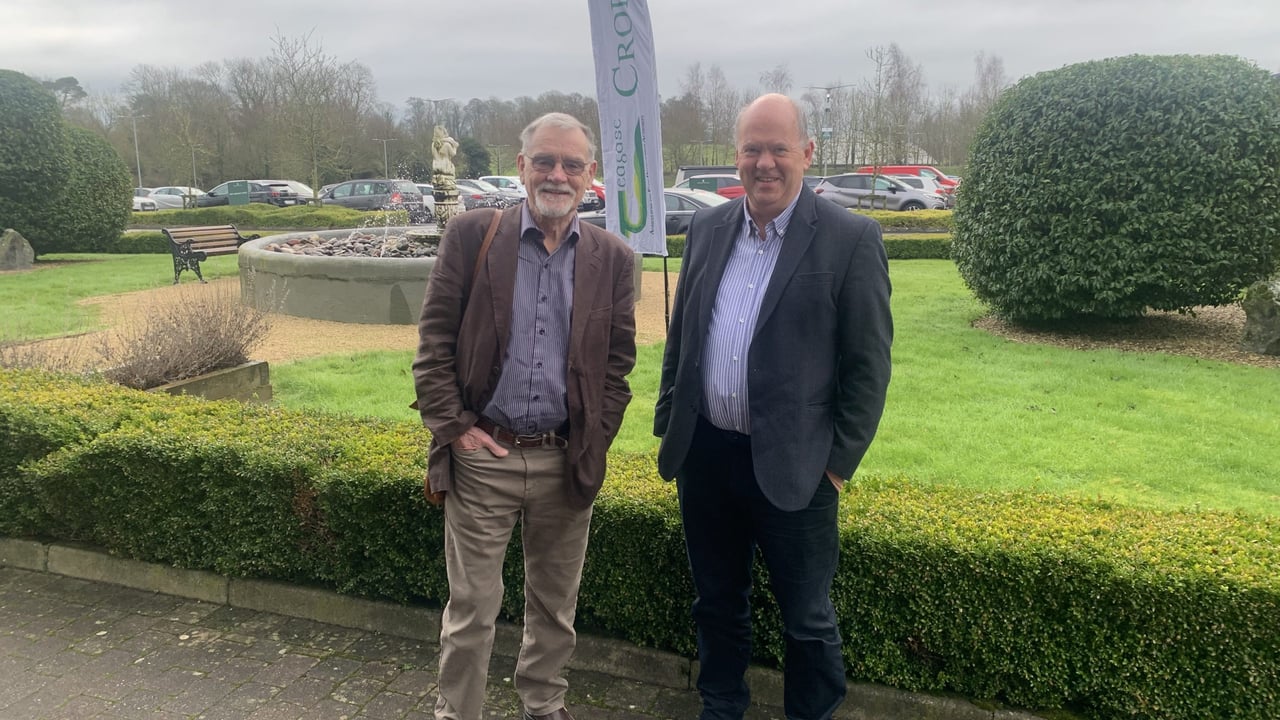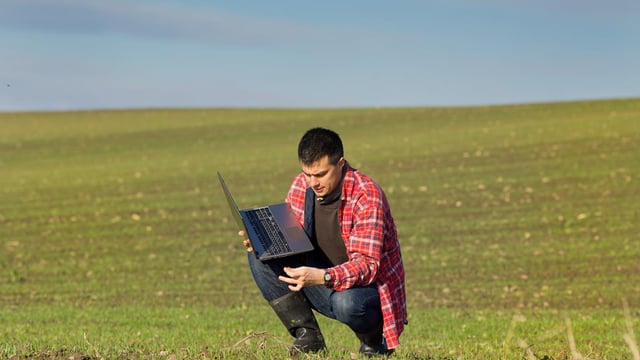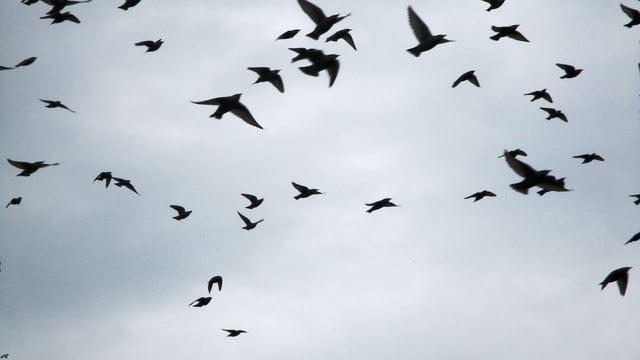Building up carbon levels in tillage soils will be slow - scientist
Tillage soils represent significant sumps for stored carbon. However, adding to these carbon levels will be a slow process.
This was one of the main themes addressed by Teagasc soil scientist, Dr. Guilia Bondi, courtesy of her presentation to the 2025 National Tillage Conference.
Carbon levels within Irish tillage soils are currently in the range 48t to 208t/ha. Soil type has a critically important influence on this figure.
However, soil carbon levels, across the board, tend to be much higher than in many other European countries, Spain being a case in point.
Bondi defined sequestration as the change of carbon stocks over time. She confirmed that crop management techniques can build up soil carbon levels over time.
And this is a slow process. However, the use of improper management systems can wipe out all of this good work in a relatively short period of time.
The Teagasc representative further explained:
“Carbon uptakes across sandy and clay soils are similar. However, the rate of sequestration within sandy soils is lower than that find in heavier clay soils.”
Bondi attributed the ability of clay particles in soil to bond carbon as being the key factor in this regard.
In peat soils that are left in an undamaged state, carbon to and from the atmosphere remains very low.
According to Bondi, 30% of soil carbon can be found below 30cm from the surface. She confirmed that tillage systems can have an impact on soil carbon levels within a short-term scenario.
However, ploughing has the impact of burying carbon sources added to soil, a significant proportion of which can be stored at these lower levels.
Conference delegates were told that managing soil carbon effectively can significantly reduce atmospheric carbon dioxide (CO2) concentrations and improve agricultural productivity.
Carbon sequestration can help to reduce global warming by removing CO2 from the atmosphere and in turn, offsetting the warming affect associated with high concentrations of greenhouse gases (GHGs) in the atmosphere.
Looking to the future carbon credits may well be a source of additional income for Irish tillage farmers.
But this will only become a reality once detailed sequestration and carbon storage figures are known for all soil types.
This issue will be actively addressed by Teagasc research over the coming years.
Critical within all of this will be enhanced knowledge on how crop agronomy impacts on carbon sequestration.





